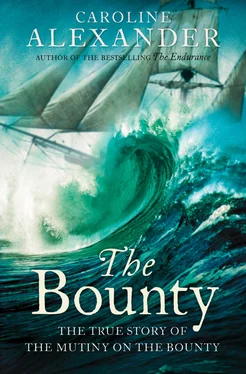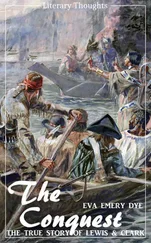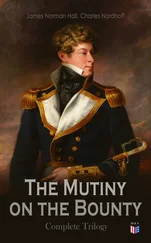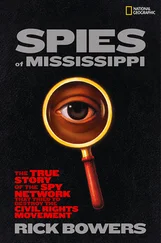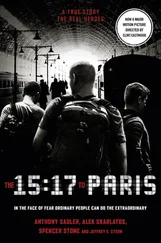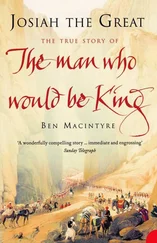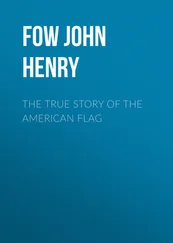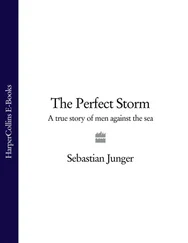For three months the mutineers struggled to make a settlement on the tiny island. Construction was begun on a defensive fort that measured some fifty yards square, surrounded by a kind of dry moat or ditch. A drawbridge was planned for the entrance facing the beach, while the walls were surmounted by the Bounty ’s four-pounder cannons and swivel guns. Patriotically, the mutineers had christened their fortress Fort George, after their king.
Again, there were early signs that this would not be a successful experiment.
‘On 5th July Some of the people began to be mutinous,’ according to an extract made by Edwards from Peter Heywood’s journal. ‘& on 6th 2 of the Men were put in Irons by a Majority of Votes – & drunkenness, fighting & threatening each other’s life was so common that those abaft were obliged to arm themselves with Pistols.’ The following day, an attempt was made to heal the growing breach and ‘Articles were drawn up by Christian and Churchill specifying a mutual forgiveness of all past grievances which every Man was obliged to swear to & sign,’ according to an extract from Stewart’s journal. ‘Mathew Thompson excepted who refused to comply.’ Despite this gesture, an inner circle evolved around Christian. When John Sumner and Matthew Quintal spent the night onshore without leave, declaring that they were now their own masters and would do as they pleased, Christian clapped the pistol he now always carried to the head of one, and had both placed in leg irons.
Violence also escalated without as well as within this fractious company, erupting as the Bounty men fought with the Tubuaians over property and women. In one particularly bloody encounter, Thomas Burkett was stabbed in the side by a spear and Christian wounded himself on his own bayonet. When the dust settled, sixty-six Tubuaians were dead, including six women, and the Bounty men were masters of the field. One of the gentle Tahitian youths who had journeyed to Tubuai with his English friends, according to James Morrison, ‘desired leave to cut out the jaw bones of the kill’d to hang round the quarters of the Ship as Trophies,’ and was much displeased when this request was denied.
In September, in recognition that the different factions could not coexist, a collective decision was made to return once more to Tahiti. Here, the ship’s company would divide. Those who chose to remain on the island could do so; the rest would depart with Christian, taking to sea once again in the Bounty. Each man remaining onshore was given a musket, a pistol, a cutlass, a bayonet, a box of cartridges and seventeen pounds of powder from the ship’s arms and lead for ball – everyone save Michael Byrn, that is, who, as Morrison stated, ‘being blind and of a very troublesome disposition it was thought that arms put into his hands would be only helping him to do some mischief.’
On anchoring for the third and final time in Matavai Bay, Christian and many of the eight men who had cast their lots with him did not even bother to go ashore. Arriving on 21 September 1789, they departed secretly the same night, quietly cutting the Bounty ’s anchor cable. Joseph Coleman, the most relentless loyalist, had been once again held against his will for his skills as an armourer; but as the ship slipped away, he dived overboard and swam to land. At dawn, the sixteen men deposited onshore saw their ship hovering off Point Venus; by midmorning she was gone.
When here with Bligh, each man had acquired a taio , or special protector and friend, and to these each now turned. Soon, the fugitives had settled down, either with their taios’ families or, like Heywood and Stewart, in cottages of their own. They took wives and some had children, and so a year and a half had passed, until the day the Pandora loomed out of the early morning to drag them back to England.
Now captured and pinned inside Pandora’s Box, the Bounty prisoners listened in anguish as their wives and friends wailed and grieved under the Pandora ’s stern. Standing in canoes around the ship, the women enacted their terrible rites of mourning, hammering at their heads with sharp shells until the blood ran. As the day of departure approached, more canoes came from across the island, filling the harbour around the ship. Men and women stripped their clothes and cut their heads in grief, and as the blood fell, cut again and cried aloud. Tynah came on board and, with tears streaming down his cheeks, begged to be remembered to his friend, the King of England.
‘This I believe was the first time that an Englishman got up his anchor, at the remotest part of the globe, with a heavy heart, to go home to his own country,’ wrote Dr Hamilton – an astonishing admission from a naval official who had come in search of deserting mutineers.
On 8 May 1791, under pleasant breezes, the Pandora , recaulked and overhauled, left Tahiti with the mutineers’ schooner, Resolution , in tow. Edwards’s commission was far from fulfilled. Still missing was His Majesty’s stolen ship as well as the ringleader of the mutiny and his most hard-core followers.
‘Christian had been frequently heard to declare that he would search for an unknown or an uninhabited Island in which there was no harbour for Shipping, would run the Ship ashore, and get from her such things as would be useful to him and settle there,’ Edwards recorded in his official report to the Admiralty, continuing with admirable understatement, ‘but this information was too vague to be follow’d in an immense Ocean strew’d with an almost innumerable number of known and unknown Islands.’ Specifically, the Pacific contains more than twenty thousand islands scattered over some 64 million square miles. Christian and the Bounty had departed Tahiti in September 1789 – a twenty-month head start, long enough to have taken the Bounty not only as far as North or South America, but, in theory, around the globe.
Edwards’s instructions from the Admiralty offered some guidance: If no knowledge of the mutineers had been gained at Tahiti, he was to venture west to Whytootackee (Aitutaki), ‘calling, in your way, at Huaheine and Uliatea.’ If nothing was found here, he was to make a circuit of the neighbouring islands. If nothing here, he was to continue west to the Friendly Islands (Tonga), ‘and, having succeeded, or failed,’ to return to England, through the Endeavour Strait (Torres Strait) separating New Guinea from New Holland (Australia). Be mindful of prevailing winds, the Admiralty admonished, ‘there being no dependence (of which we have any certain knowledge) of passing the Strait after the month of September…’
For roughly the next three months Edwards doggedly followed the Admiralty’s prescribed itinerary in a desultory chase from island to island. At each landfall, a uniformed officer was disembarked and in the cloying heat tramped along the beach, offering presents and seeking information. Anchored offshore, the Pandora received the now customary canoe-loads of eager visitors. Spears, clubs and other curios were collected, differences among the islanders, who appeared ‘ruder’ and less civilized as the Pandora progressed, were duly noted, but no hint of the Bounty ’s whereabouts emerged.
A week out from Tahiti, Hilbrant, one of the mutineers, volunteered that Christian had spoken to him on the day before his departure of his intention to make for an uninhabited island that he knew from earlier accounts to be ‘situated to the Westward of the Islands of Danger.’ This description seemed to refer to Duke of York Island (Atafu) but was to prove to be another dead end. En route, however, Edwards stopped off at Palmerston Island (Avarau) and sent his boats ashore to search that isle’s bays and inlets. Two of these returned in the late afternoon full of coconuts, and nothing more. But that night the tender arrived with hopeful news: it had discovered some spars and a yard marked ‘Bounty’s Driver Yard’ embossed with the Admiralty’s broad arrow mark.
Читать дальше
